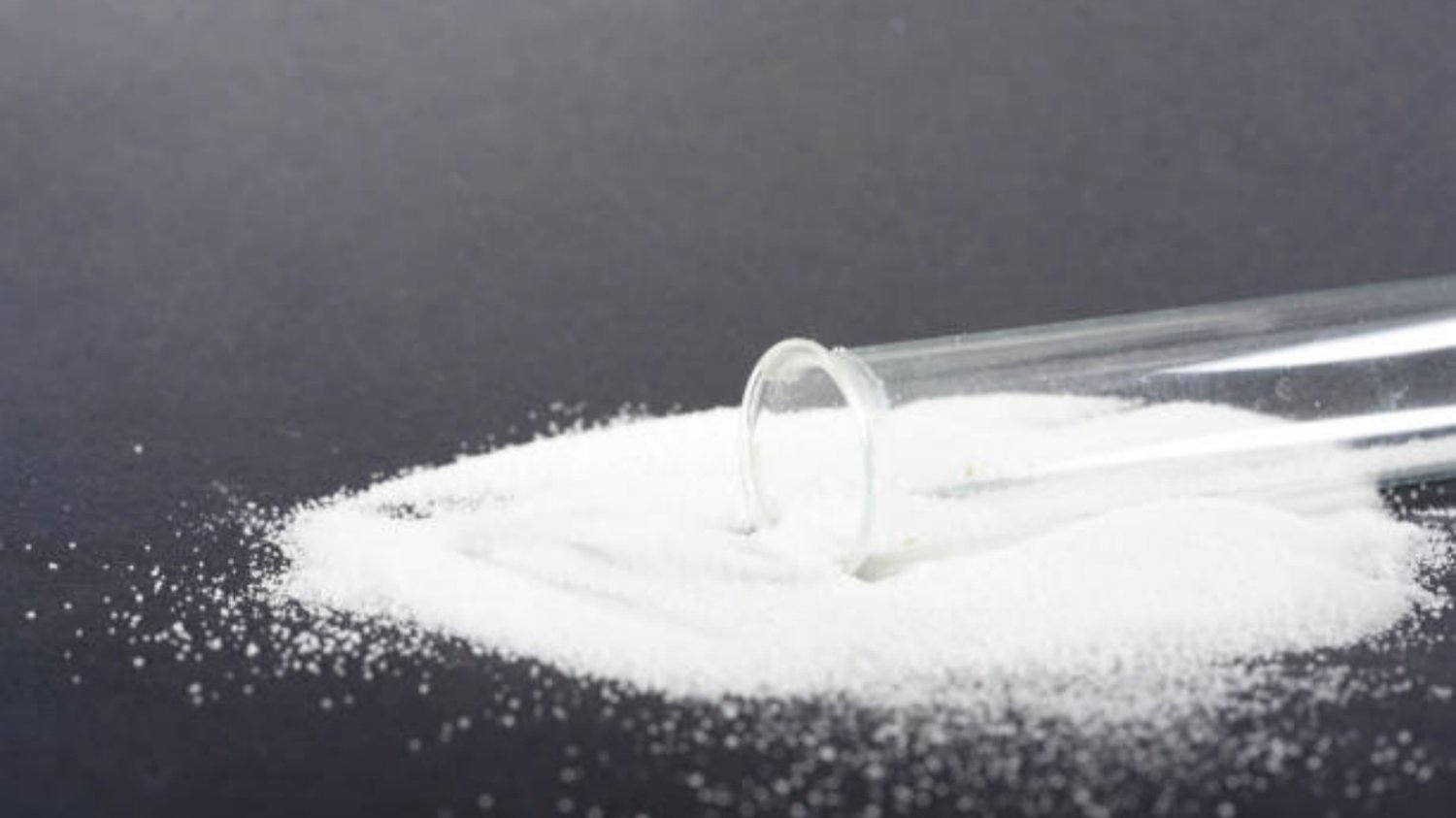Understanding the Stability of Sodium Methylesculetin Acetate
Sodium methylesculetin acetate (SMA) is a chemical compound that has gained significant attention in various industries due to its potential applications. In this article, we will delve into the stability aspects of SMA, exploring its decomposition, storage conditions, and factors that may influence its shelf life. By understanding the stability of SMA, we can ensure its optimal usage and effectiveness in different fields.
1. The Basics of Sodium Methylesculetin Acetate
Sodium Methylesculetin Acetate is a synthetic derivative of esculetin, a natural coumarin found in various plants. It exhibits antioxidant, anti-inflammatory, and antimicrobial properties, making it a valuable ingredient in pharmaceutical, cosmetic, and food industries. However, to harness its benefits fully, it is crucial to understand the stability of SMA.
|
INCI Name |
Sodium Methylesculetin Acetate |
|
CAS |
95873-69-1 |
|
EINECS |
306-060-7 |
|
Molecular Formula |
C12H9NaO6 |
|
Molecular Weight |
272.188 |
|
Purity |
99%+ |
|
Appearance |
Off white light yellow color |
2. Decomposition Mechanisms
Stability studies of SMA have revealed two primary decomposition mechanisms: hydrolytic and oxidative decomposition. Hydrolytic decomposition occurs when SMA reacts with water, leading to the formation of methylesculetin and acetic acid. On the other hand, oxidative decomposition involves the reaction of SMA with atmospheric oxygen, resulting in the formation of various oxidation products.
3. Influence of pH on Stability of Sodium Methylesculetin Acetate
The pH of the environment greatly affects the stability of SMA. Studies have shown that SMA is most stable at a pH range of 5-7. At higher or lower pH levels, the compound may undergo hydrolysis more rapidly, leading to decreased stability. Therefore, maintaining an appropriate pH is crucial for preserving the stability of SMA.
4. Effect of Temperature on Stability
Temperature plays a significant role in the stability of SMA. Generally, SMA is more stable at lower temperatures. Studies have shown that storage at room temperature (around 25°C) may lead to a gradual decrease in SMA concentration over time. Therefore, it is recommended to store SMA at a lower temperature, such as refrigeration or even freezing, to maintain its stability over an extended period.
5. Light Sensitivity and Protection of Sodium Methylesculetin Acetate
SMA is sensitive to light exposure, particularly UV light. Prolonged exposure to sunlight or fluorescent light can cause degradation and reduce its stability. To minimize this, SMA should be stored in amber or opaque containers, offering protection against light exposure. Additionally, it is advisable to store SMA in a dark and cool environment to extend its shelf life.
6. Packaging Considerations of Sodium Methylesculetin Acetate
The choice of packaging materials can significantly affect the stability of SMA. It is important to use packaging that provides an adequate barrier against moisture, oxygen, and light. Packaging options such as aluminum foil or vacuum-sealed containers can help preserve the stability of SMA by preventing the entry of external factors that may lead to decomposition.
7. Shelf Life Determination
Accurately determining the shelf life of SMA is essential for ensuring its effectiveness in various applications. Shelf life studies involve monitoring the concentration of SMA over time under different storage conditions. These studies help identify the point at which SMA starts to degrade significantly, allowing for appropriate storage recommendations and usage guidelines.
8. Factors Influencing Stability of Sodium Methylesculetin Acetate
Several factors can influence the stability of SMA besides pH, temperature, and light exposure. These include the presence of other chemicals, humidity levels, and the duration of storage. It is important to consider these factors when storing SMA to maximize its stability and maintain its desired properties.
9. Proper Handling and Storage of Sodium Methylesculetin Acetate
To ensure the stability of SMA, proper handling and storage techniques should be followed. SMA containers should be tightly sealed after each use to minimize exposure to external factors. It is advisable to store SMA in a cool, dry place away from direct sunlight and sources of heat. Additionally, regular monitoring of storage conditions and periodic testing can help identify any stability issues and take appropriate measures in a timely manner.
10. Conclusion
Understanding the stability of sodium methylesculetin acetate is crucial for its effective usage in various industries. By considering factors such as pH, temperature, light sensitivity, packaging, and shelf life determination, we can ensure the optimal stability of SMA. Proper handling and storage techniques further contribute to preserving its stability. By adhering to these guidelines, SMA can be utilized to its full potential, offering its beneficial properties in pharmaceutical, cosmetic, and food applications.

